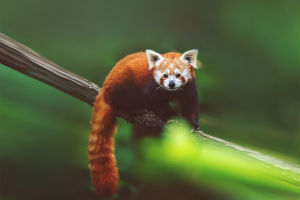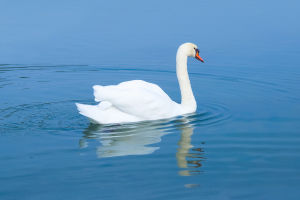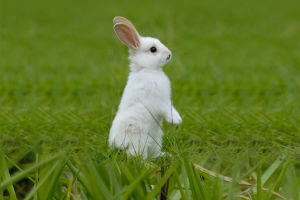Lykkers, Have You Ever Been Captivated by Swans? Swans are more than just graceful birds gliding across serene waters—they symbolize loyalty, elegance, and strength.
Their presence in both Eastern and Western cultures has long represented purity and nobility. But have you ever wondered about the secrets behind their beauty and habits? Let’s dive into the fascinating world of swans!
Things you need to know about MUTE SWANS
video by A Shot Of Wildlife
Where Do Swans Live?
Swans are found across the globe, except in Africa and Antarctica. The white swans, commonly seen in Europe, Asia, and North America, contrast with the black swans of Australia and the black-necked swans of South America. These birds prefer temperate environments, often gathering in lakes, rivers, and wetlands. While some species migrate thousands of kilometers with the changing seasons, others remain in their territories year-round, depending on food availability.
Recognizing Swans by Their Features
Swans are among the largest flying birds, with wingspans that can exceed 3 meters. They are easily identified by their long necks and powerful wings. Northern Hemisphere swans have pure white feathers, while their Southern Hemisphere relatives display striking black-and-white combinations. A swan’s beak color varies by species, and some, like the mute swan, have a noticeable bump at the base of their bill.
The Unbreakable Bond of Swans
One of the most heartwarming facts about swans is their lifelong devotion to their mates. Once they find a partner, they stay together, raising their young and defending their territory as a team. Even among large migratory groups, swan pairs stick close to each other. While rare, separation can occur if a breeding attempt fails. However, swans that lose a mate often seek another lifelong companion.
How Swans Raise Their Young
Swans carefully build their nests near water, using reeds and grass to create a safe space for their eggs. A typical clutch contains 2 to 10 eggs, which take over a month to hatch. Unlike many bird species, male swans actively participate in nesting duties, even helping to incubate the eggs. Once hatched, the cygnets (baby swans) are ready to explore the world under the watchful eyes of their parents. These young birds stay with their family for about a year before venturing out on their own.
What Do Swans Eat?
Swans are primarily herbivores, feeding on aquatic plants, roots, and algae. They use their long necks to reach underwater vegetation, sometimes submerging their heads completely while their tails point skyward. While plant-based food makes up the bulk of their diet, they may also eat small aquatic creatures.
Powerful Defenders of Their Territory
Despite their elegant appearance, swans are fiercely protective. If they sense danger near their nest, they will spread their wings, hiss, and charge at intruders—including much larger animals or even humans. These defensive behaviors help keep their young safe from predators such as foxes, raccoons, and large birds of prey.
Threats to Swans in the Modern World
While adult swans face few natural predators, their biggest threats come from human activity. Habitat destruction, pollution, and collisions with power lines are leading causes of swan fatalities. Additionally, some swan populations are vulnerable to diseases like avian influenza, particularly in regions where they have evolved with weaker immune defenses. Conservation efforts focus on protecting wetland habitats and ensuring safe migration routes.
Swans: A Symbol of Beauty and Strength
Swans are more than just a beautiful sight on the water—they embody resilience, devotion, and elegance. Their lifelong partnerships, strong family bonds, and striking appearances make them truly remarkable creatures. Next time you see a swan, take a moment to appreciate the incredible life it leads.
What Do You Think, Lykkers?
Have you ever observed swans in the wild? Do you find their loyalty and grace as fascinating as we do? Share your thoughts—we’d love to hear from you!


